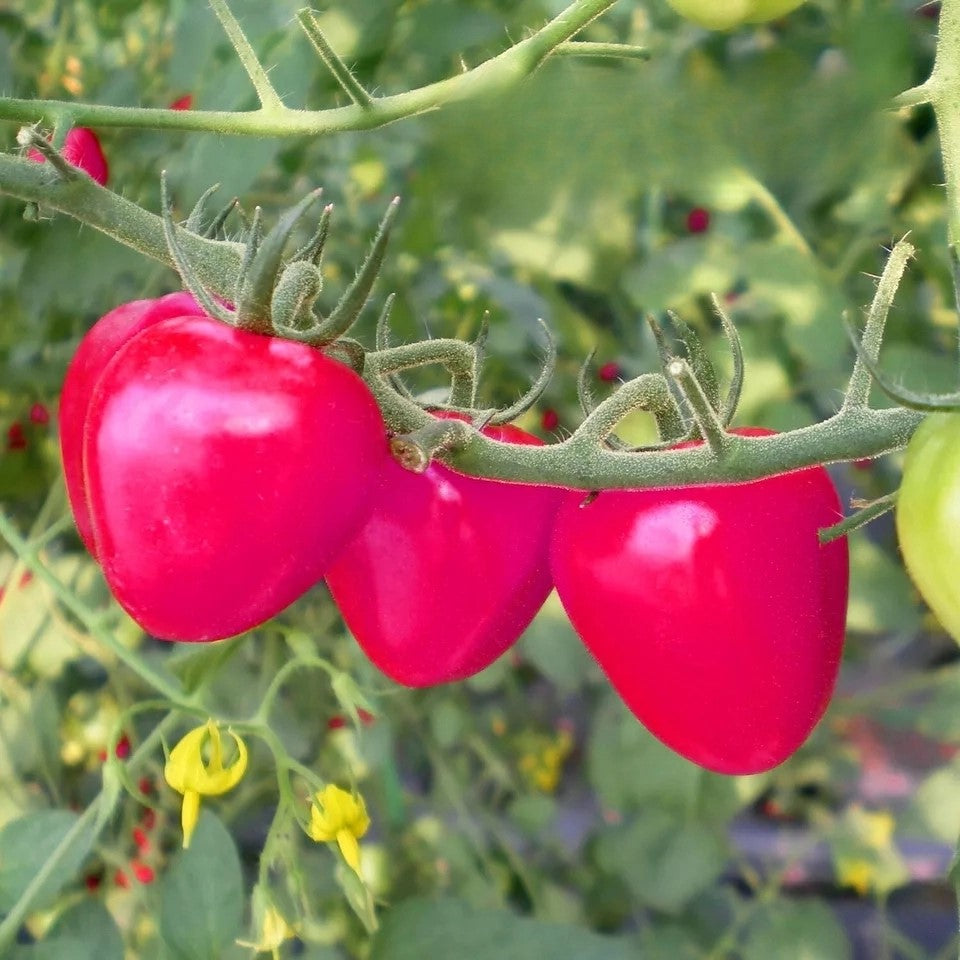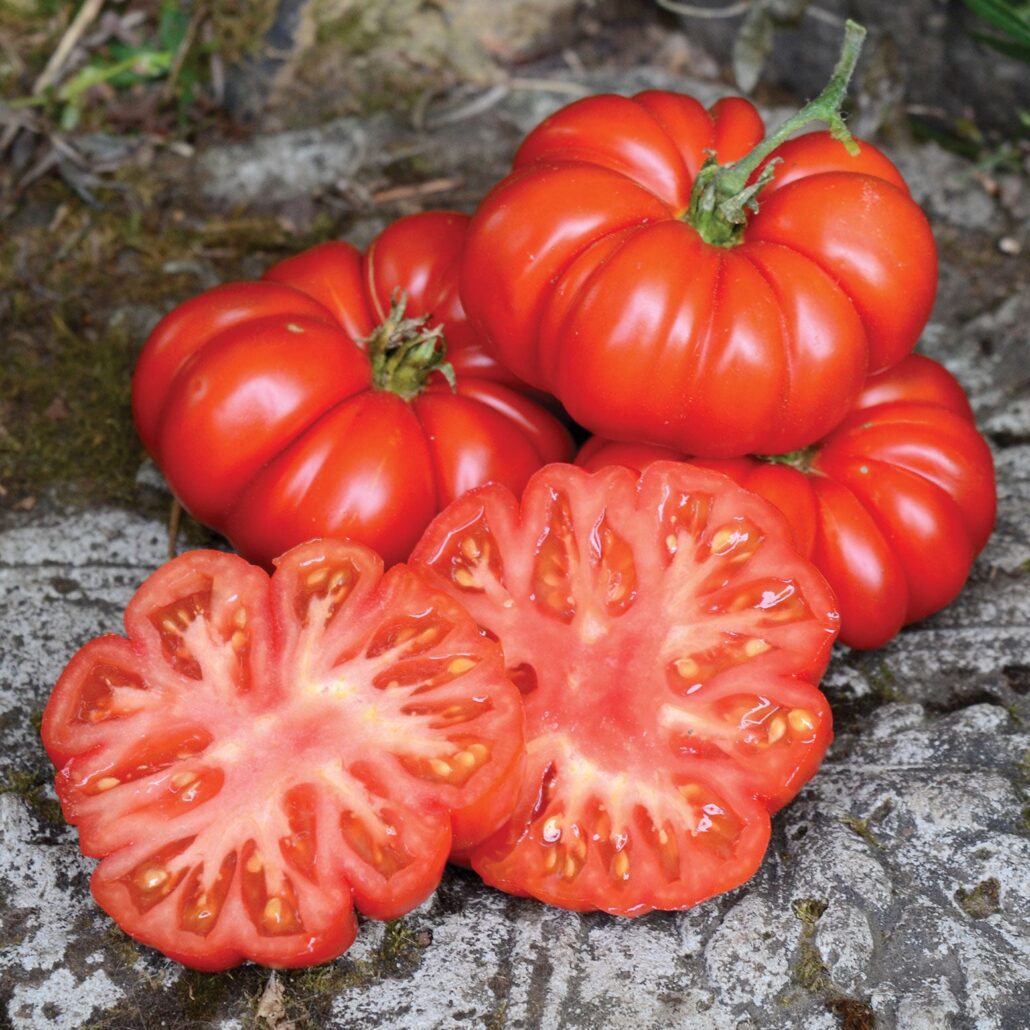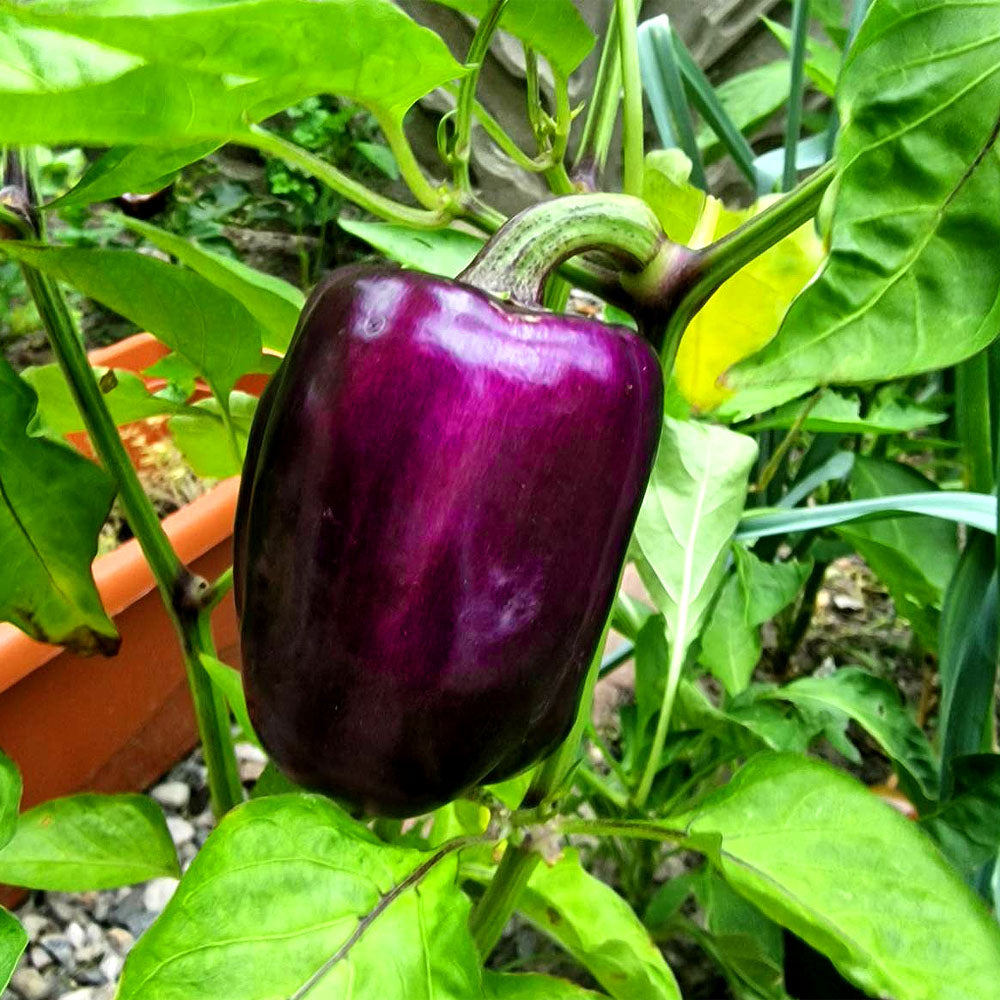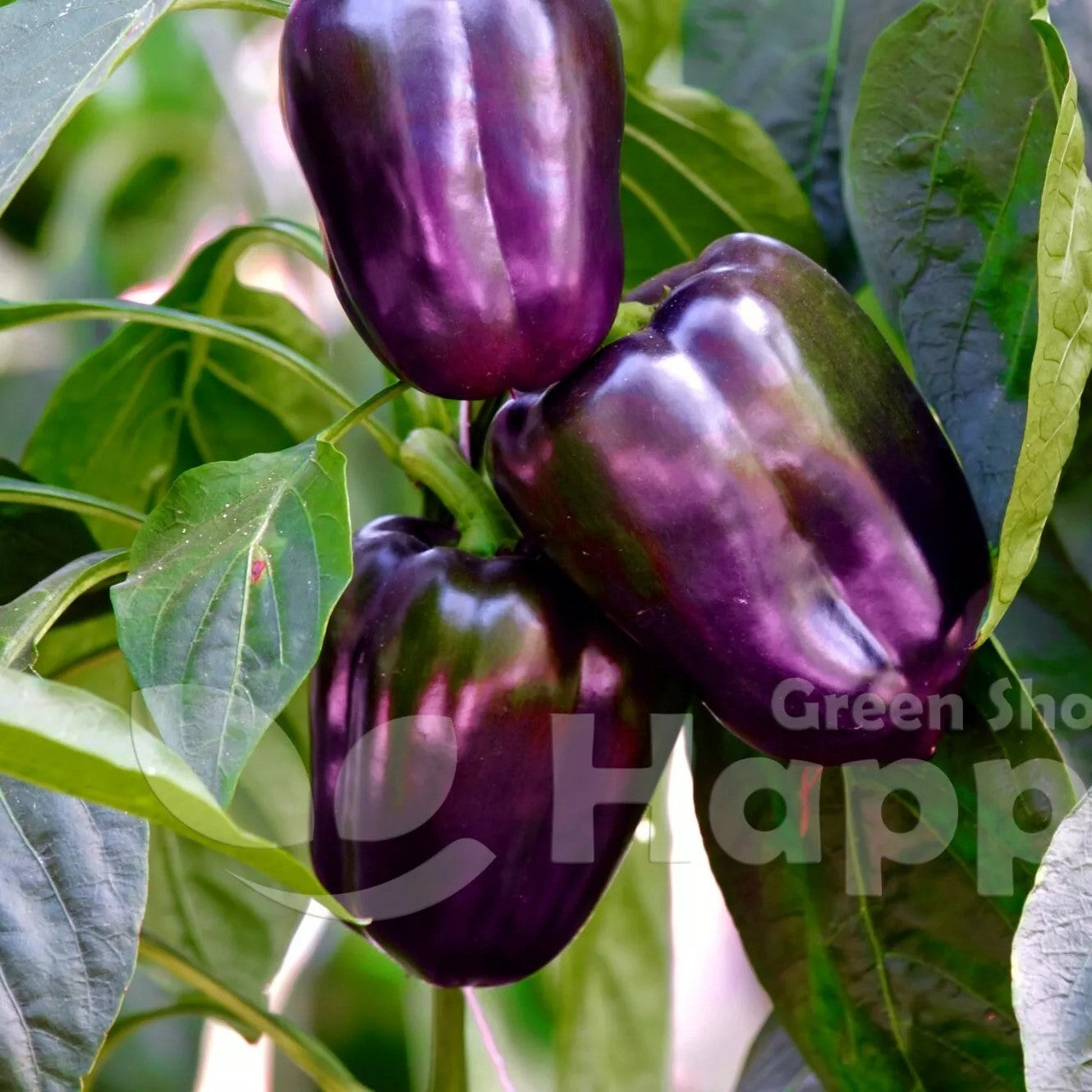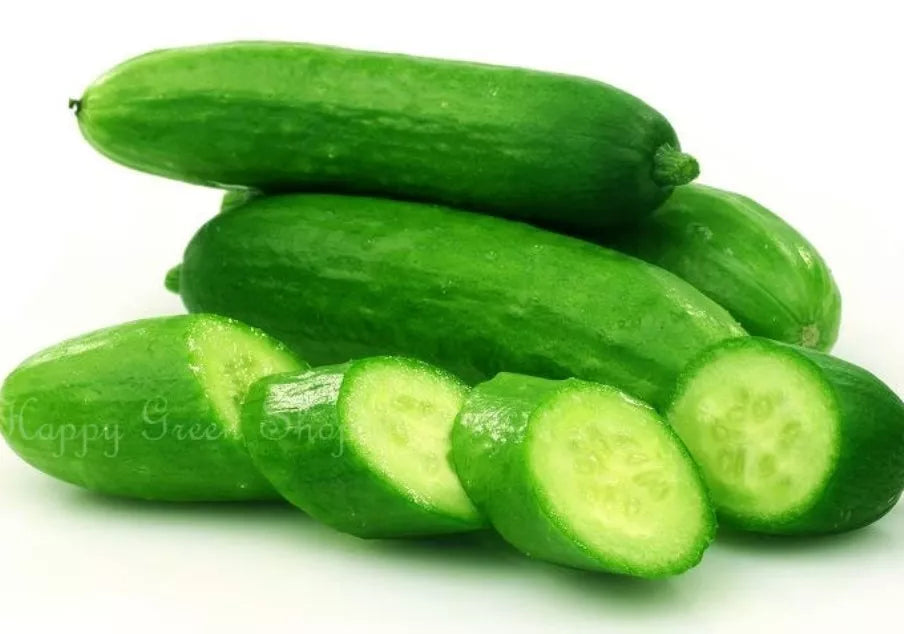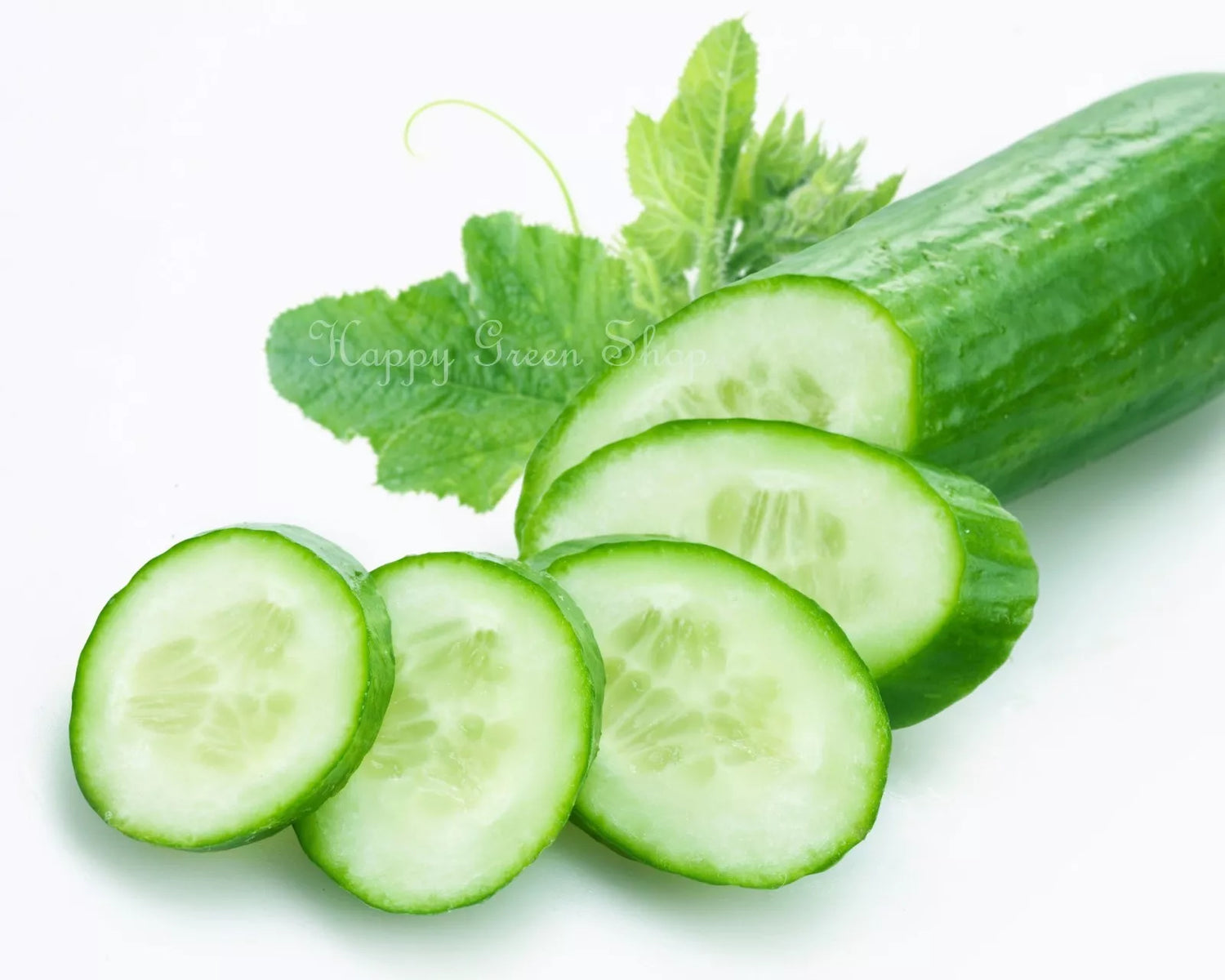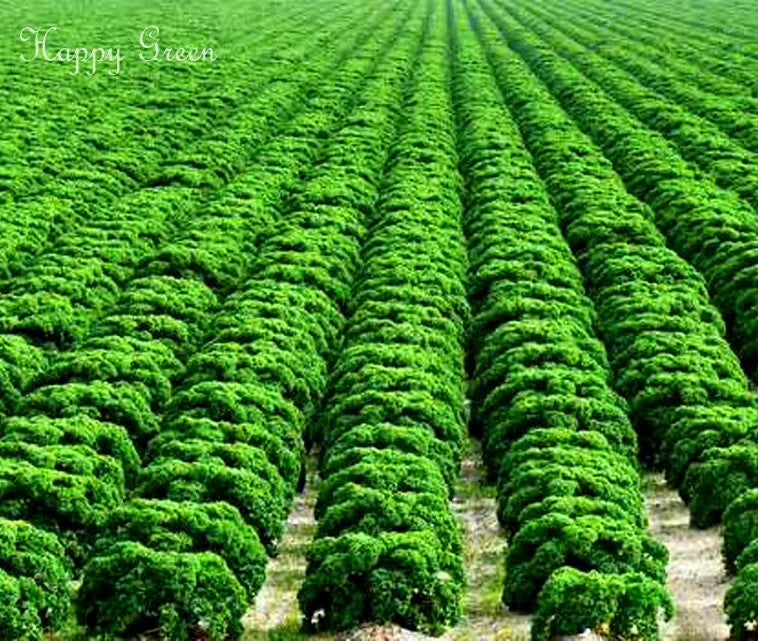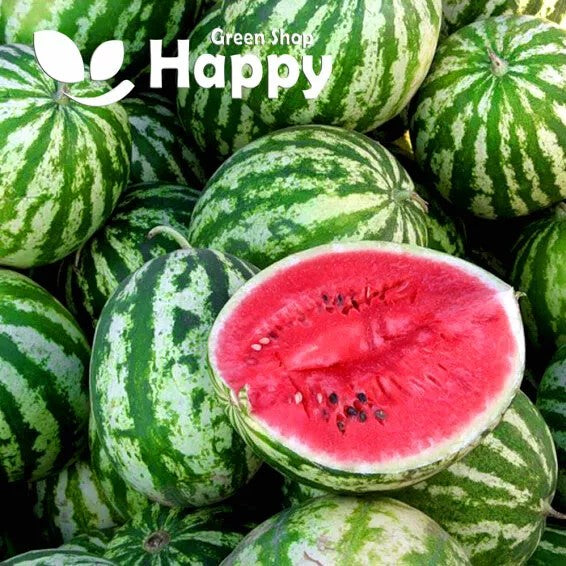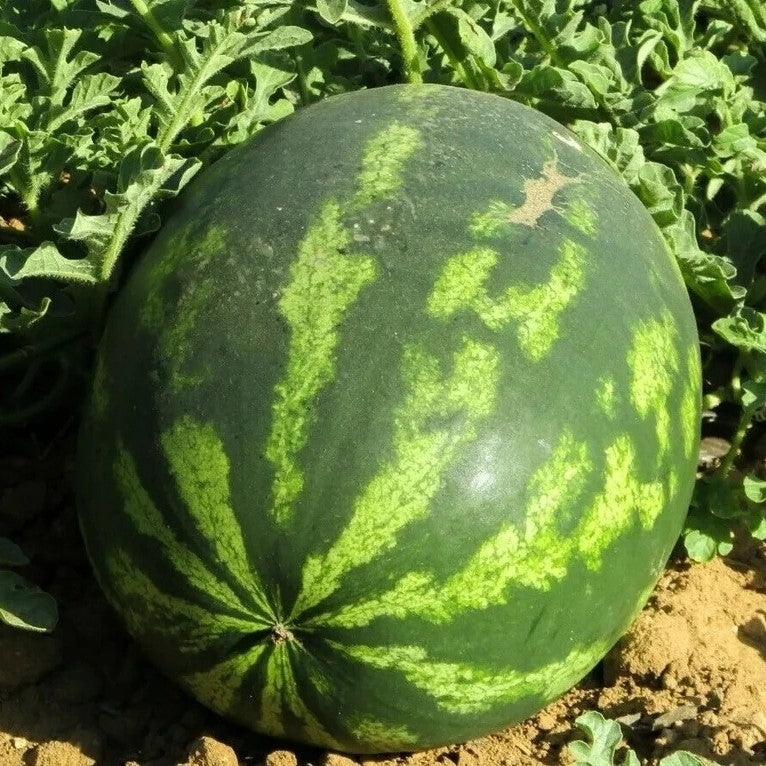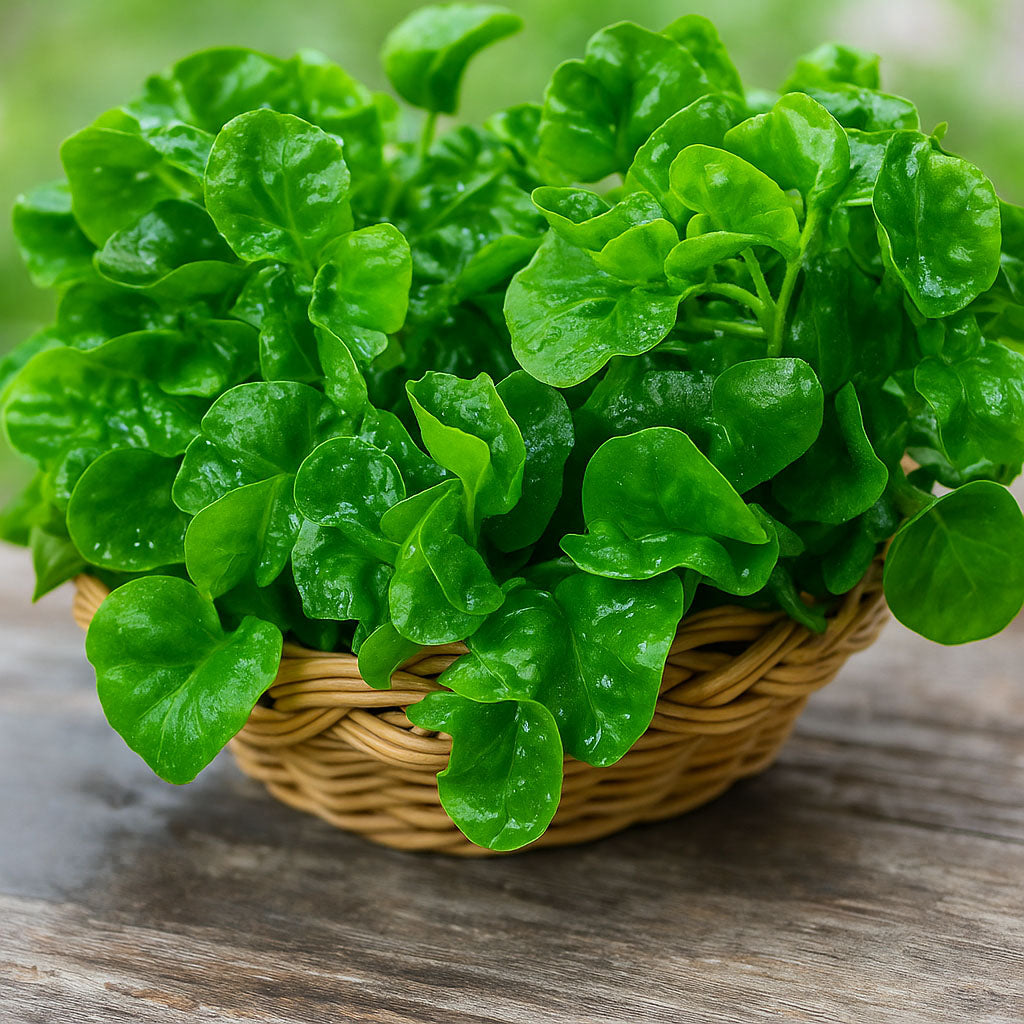Sort by:
206 products
206 products
Tomato ‘Herodes’ – Seeds
(Lycopersicon esculentum) – Heirloom Beefsteak Tomato
The ‘Herodes’ tomato is a traditional heirloom beefsteak variety from Eastern Europe, valued for its large, meaty fruits and outstanding flavor. The fruits ripen to a deep rosy-red with pink undertones, offering a rich, sweet, and slightly tangy taste – perfect for slicing, salads, and summer sandwiches. Highly productive, vigorous, and disease-tolerant, this indeterminate variety continues to set fruit throughout the season.
Key Features
-
Type: Indeterminate (climbing)
-
Fruit: Large beefsteak, 250–400 g
-
Color: Rosy red/pink
-
Flavor: Sweet, rich, and meaty
-
Height: 150–200 cm
-
Position: Full sun
-
Soil: Fertile, well-drained, moisture-retentive
Ideal For
-
Fresh slicing and caprese salads
-
Summer sandwiches and burgers
-
Juices, sauces, and preserves
-
Greenhouses, polytunnels, or sunny outdoor beds
Sowing & Growing
-
Sow indoors: February–April, 0.5 cm deep in trays/pots.
-
Germination: 7–14 days at 20–25°C.
-
Transplant: Pot on when true leaves appear.
-
Plant out: May–June, after frost, spacing 50 cm apart.
-
Harvest: July–September.
Care Tips
-
Requires staking or caging.
-
Remove side shoots for better airflow and larger fruits.
-
Feed with high-potash fertilizer once flowers set.
Tomato "Costoluto Fiorentino" – Seeds (Solanum lycopersicum)
Tomato "Costoluto Fiorentino" is a classic Italian heirloom variety, cherished for its deeply ribbed, juicy red fruits and rich, sweet flavor. Perfect for fresh salads, sauces, and canning, this variety is vigorous, high-yielding, and adds authentic Italian taste to home gardens. Its distinctive shape and vibrant color also make it a visual standout in your garden and kitchen.
How to Grow
-
Sow seeds indoors from February to April, 0.5 cm deep in seed trays or pots.
-
Maintain 18–22°C until germination.
-
Transplant seedlings outdoors or into greenhouse after the last frost.
-
Space plants 50–60 cm apart in fertile, well-drained soil with full sun.
-
Support plants with stakes or cages to handle heavy fruits.
Key Features
-
Heirloom Italian tomato with deep ribbed, juicy fruits
-
Rich, sweet flavor ideal for salads, sauces, and canning
-
Vigorous and high-yielding
-
Distinctive appearance and vibrant red color
-
Suitable for outdoor gardens and greenhouse cultivation
Ideal For
-
Fresh salads, sauces, and canning
-
Home gardens and container growing
-
Heirloom tomato collections and culinary use
Sowing & Harvest
-
Sow: February to April
-
Plant out: May to June
-
Harvest: July to September
Quick Tip
-
Regularly remove side shoots and support plants to maximize fruit production and maintain healthy growth.
Sweet Pepper 'Purple Bell' Seeds (Capsicum annuum)
Grow something truly eye-catching with Sweet Pepper 'Purple Bell' (Capsicum annuum). This unique variety produces glossy, deep-purple bell peppers that are crisp, juicy, and sweet. Perfect for adding a splash of color to salads, stir-fries, or stuffed dishes, ‘Purple Bell’ combines ornamental beauty with outstanding flavor. Fruits mature from purple to red, giving you a colorful harvest throughout the season.
How to Grow
-
Sow seeds indoors 8–10 weeks before the last frost.
-
Use light, fertile, well-drained soil in full sun.
-
Sow 0.5 cm deep, keeping soil moist at 22–26°C until germination (7–14 days).
-
Transplant outdoors or into containers after frost, spacing 40–50 cm apart.
-
Water regularly and feed with a potassium-rich fertilizer.
Key Features
-
Striking purple bell pepper variety
-
Crisp, sweet, and juicy flavor
-
Fruits mature from purple to red for extended harvest
-
Ideal for containers, patios, or garden beds
-
Ornamental and edible in equal measure
Ideal For
-
Fresh eating and salads
-
Stuffing, roasting, and stir-fries
-
Patio pots and greenhouse growing
-
Gardeners wanting unique, colorful crops
Sowing
-
Best time: Indoors 8–10 weeks before last frost
-
Depth: 0.5 cm
-
Spacing: 40–50 cm apart
-
Prefers warm, sunny conditions and fertile, well-drained soil
Quick Tip
-
Harvest when purple for unique flavor and appearance, or allow to fully ripen to red for maximum sweetness.
Cucumber 'King of Salad' Seeds (Cucumis sativus)
Grow crisp, refreshing cucumbers with Cucumber 'King of Salad', a prolific variety known for its smooth, dark green fruits and excellent taste. Perfect for slicing into fresh salads, sandwiches, or enjoying straight from the vine, this variety delivers consistently high yields throughout the summer. Easy to grow outdoors or under cover, it’s a gardener’s favorite for its reliability and delicious results.
How to Grow
-
Sow indoors from March to May or directly outdoors after frost has passed.
-
Prefers fertile, well-drained soil in a sunny, sheltered position.
-
Sow seeds 1–2 cm deep in pots or directly in the ground.
-
Space plants 60 cm apart, with rows 90 cm apart.
-
Keep soil evenly moist and feed regularly for the best yields.
Key Features
-
High-yielding variety with smooth, dark green cucumbers
-
Crisp, refreshing texture and mild flavor
-
Great for salads, sandwiches, and fresh eating
-
Suitable for outdoor or greenhouse growing
-
Long harvest period through summer
Ideal For
-
Fresh summer salads and light meals
-
Home gardeners seeking reliable crops
-
Outdoor beds, raised beds, or greenhouse growing
-
Consistent harvests for the kitchen table
Sowing
-
Best time: March to May indoors, May to June outdoors
-
Depth: 1–2 cm
-
Spacing: 60 cm between plants, 90 cm between rows
-
Position: Sunny, sheltered, fertile soil
-
Harvest: July to September
Quick Tip
-
Harvest cucumbers regularly to encourage continuous production and enjoy fruits at their crispest.
Carrot "Cosmic Purple" – Seeds (Daucus carota) Heirloom
Carrot 'Cosmic Purple' is a stunning heirloom variety known for its vibrant deep purple skin and bright orange interior. Sweet, crisp, and visually striking, it’s perfect for salads, roasting, or fresh snacking. This unique carrot adds color and flavor to your garden and kitchen alike.
Adaptable and easy to grow, it thrives in home gardens, raised beds, or containers, producing tender roots with a distinctive appearance.
How to Grow
-
Sow outdoors: March – July
-
Plant spacing: 5–8 cm between seedlings
-
Row spacing: 25–30 cm
-
Position: Full sun
-
Soil: Loose, deep, well-drained soil free of stones
-
Care: Keep soil moist; thin seedlings to prevent overcrowding
Key Features
-
Heirloom carrot with deep purple skin and orange core
-
Sweet, crisp flavor suitable for salads, roasting, and snacking
-
Easy to grow in gardens, raised beds, or containers
-
Unique and colorful addition to vegetable gardens
-
Open-pollinated, maintaining true-to-type characteristics
Harvest
-
Harvesting period: 70–80 days after sowing
-
Harvest when roots are tender and fully colored for the best flavor.
Short Tip
Thin seedlings early and harvest consistently to encourage straight, uniform roots with rich color.
Yellow Pear Tomato – Seeds (Solanum lycopersicum)
The Yellow Pear Tomato is a charming heirloom variety, producing clusters of small, pear-shaped fruits in a bright golden yellow. With a mild, sweet flavor and firm texture, these tomatoes are perfect for snacking, salads, and garnishes. Highly productive and ornamental, this variety adds a splash of sunshine to your garden and harvest baskets.
How to Grow
-
Sow seeds indoors from February to April, 0.5 cm deep in trays or pots.
-
Maintain a temperature of 18–22°C until germination.
-
Transplant seedlings into larger pots, then plant outdoors or in a greenhouse after frost.
-
Support plants with stakes or cages for heavy clusters of fruit.
Key Features
-
Heirloom variety with unique pear-shaped fruits
-
Bright yellow, bite-sized tomatoes
-
Mild, sweet flavor, perfect for fresh eating
-
Heavy crops over a long season
-
Ornamental and productive for gardens or containers
Ideal For
-
Fresh snacking and salads
-
Colorful vegetable gardens and patio pots
-
Gardeners seeking an heirloom with visual appeal
Sowing & Harvest
-
Sow: February to April
-
Plant out: May to June
-
Harvest: July to September
Quick Tip
-
Regular picking encourages more fruit production throughout the season.
Winter Kale – Seeds (Brassica oleracea)
Winter Kale is a hardy, nutrient-rich leafy green perfect for cold-weather gardens. This variety produces robust, dark green leaves that remain tender and flavorful even after frost. Ideal for soups, stews, sautés, or fresh salads, Winter Kale is a staple for year-round gardening and adds both color and nutrition to your plate.
How to Grow
-
Sow seeds outdoors from March to July.
-
Sow 1–2 cm deep in rows 30–40 cm apart.
-
Thin seedlings to 20–30 cm spacing for strong growth.
-
Prefers fertile, well-drained soil in full sun to partial shade.
-
Can be harvested continuously by cutting outer leaves, leaving the center to grow.
Key Features
-
Cold-hardy and frost-tolerant
-
Nutrient-dense dark green leaves
-
Continuous cut-and-come-again harvesting
-
Ideal for soups, stews, salads, and sautéing
-
Easy to grow in home gardens and allotments
Ideal For
-
Winter and early spring harvesting
-
Nutritious soups, smoothies, and salads
-
Beginner and experienced gardeners alike
Sowing & Harvest
-
Sow: March to July
-
Depth: 1–2 cm
-
Spacing: 20–30 cm between plants
-
Harvest: September to February
Quick Tip
-
Frost enhances the flavor, making the leaves sweeter and more tender.
Watermelon 'Crimson Sweet' – Seeds (Citrullus lanatus)
Enjoy juicy, refreshing fruits with Watermelon 'Crimson Sweet', a classic variety renowned for its bright red flesh, crisp texture, and sweet flavor. Ideal for summer picnics, fresh desserts, and fruit salads, these watermelons are easy to grow in home gardens or allotments and produce medium to large, striped green fruits with excellent shelf life.
How to Grow
. Sow indoors: March – May, 1–2 cm deep in pots or seed trays
. Transplant outdoors: After last frost, spacing 90–120 cm apart in warm, sunny soil
. Sow outdoors: May – June in fertile, well-drained, and well-mulched soil
. Requires full sun and consistent watering
. Harvest: When the fruit sounds hollow when tapped and the tendril near the stem dries
Key Features
. Classic striped watermelon with bright red, sweet flesh
. Crisp, juicy texture perfect for fresh eating
. Medium to large fruits with excellent flavor
. High-yielding summer crop
. Suitable for home gardens, allotments, and warm climates
Ideal For
. Fresh summer desserts, salads, and beverages
. Home gardeners seeking sweet, juicy watermelons
. Warm, sunny garden beds or allotments
. Picnics, parties, and family gatherings
Sowing & Harvest
. Sow: March – June
. Harvest: July – September
Quick Tip
Ensure fruits receive full sun and consistent moisture for maximum sweetness; mulch around plants to retain soil moisture.
Watercress – Seeds (Nasturtium officinale)
Watercress is a fast-growing, nutrient-packed leafy green with a peppery, fresh flavor. Perfect for salads, sandwiches, soups, and garnishes, it thrives in moist soil or near water and adds a vibrant, tangy taste to your dishes. Easy to grow, it’s an ideal addition to kitchen gardens, herb beds, or containers.
How to Grow
-
Sow seeds in shallow trays or directly in moist soil from March to July.
-
Keep seeds lightly covered and consistently damp.
-
Prefers partial shade and consistently moist or wet conditions.
-
Transplant or thin seedlings to allow 10–15 cm spacing.
-
Harvest leaves when young for the best flavor.
Key Features
-
Fast-growing, nutrient-rich leafy green
-
Fresh, peppery flavor perfect for salads and garnishes
-
Thrives in moist soil or water-adjacent beds
-
Ideal for continuous cut-and-come-again harvesting
-
Easy to grow in containers, garden beds, or water troughs
Ideal For
-
Fresh salads, sandwiches, soups, and garnishes
-
Kitchen gardens, herb beds, and small spaces
-
Health-conscious and culinary gardeners
Sowing & Harvest
-
Sow: March to July
-
Depth: Lightly covered
-
Spacing: 10–15 cm
-
Harvest: April to October
Quick Tip
-
Keep soil or growing medium consistently wet to maintain crisp, flavorful leaves.
Showing 9/206

